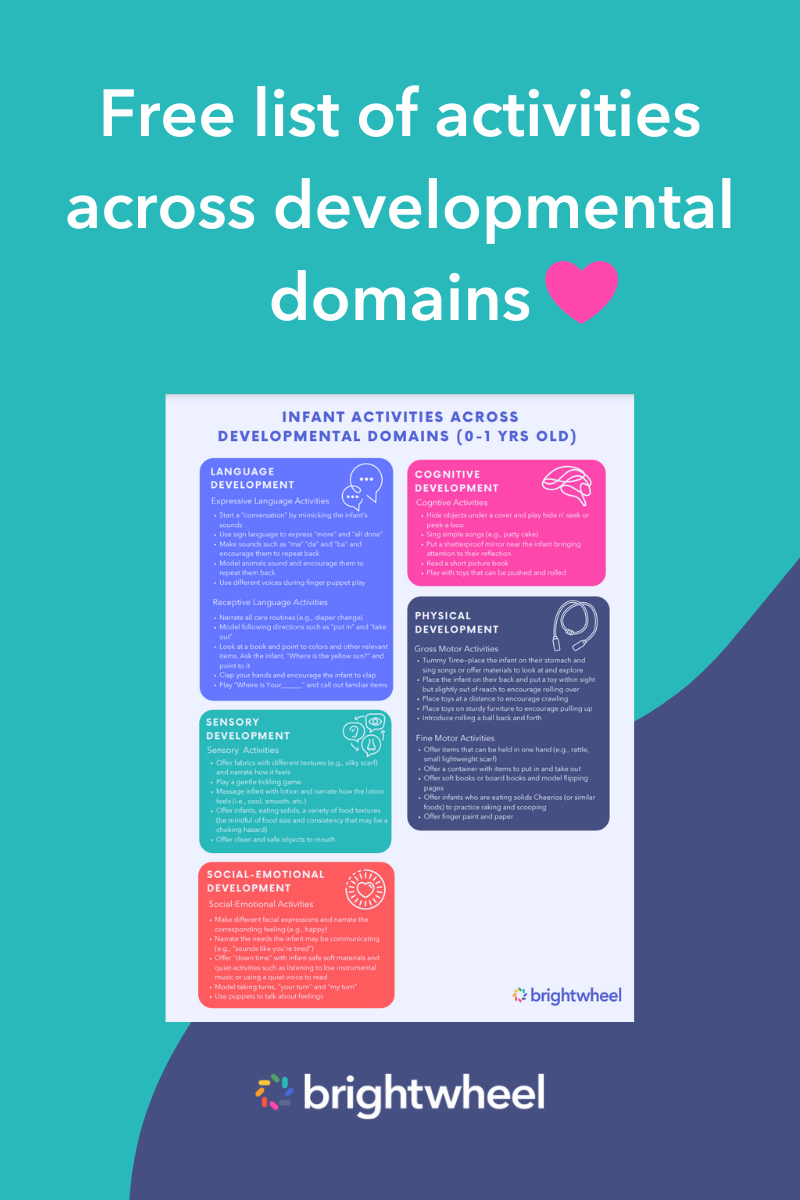There’s no one-size-fits-all approach to learning. Children learn through different styles, one of them being visual learning. Visual learners tend to get distracted during verbal instruction, as they comprehend better through their visual senses—they need to “see” the content.
Teachers must understand how visual learners learn best and incorporate visual elements into their instruction to facilitate practical and effective learning experiences. This guide will help you understand the characteristics of visual learners and the strategies to use to keep them engaged in the classroom.
What is a visual learner?
Visual learners absorb information using their eyes rather than their hands (kinesthetic) or ears (auditory). Some visual learners can comprehend concepts by reading—they write well and follow directions. Other visual learners learn best by observing and analyzing visual elements like diagrams, flow charts, graphs, colors, and maps. For example, a visual learner can learn how to build a block structure better when they follow a sequence of diagrams rather than when they listen to a teacher explain the process.
Visual learning is one of the main learning styles in the VARK model suggested by educator Neil Fleming in the early 1990s. The acronym VARK stands for the four primary learning modalities—visual, auditory, reading/writing, and kinesthetic.
Visual learner characteristics
You’ll probably notice a visual learner looking through a picture book in the reading area or playing with shapes and blocks. Below are other common visual learner characteristics:
- Enjoys doodling and drawing
- Good memorization skills (can remember faces and images)
- Interested in machines and inventions
- Enjoys reading books with images
- Notices details (observant)
- Neat and organized
- Enjoys coloring pictures
- Often closes their eyes to visualize or remember
- Has good handwriting
- Has a vivid imagination
- May often look at a teacher’s lips while the teacher is talking
Generally, visual learners get distracted during verbal instruction, so you’ll need to implement visual learning strategies to keep them engaged.
Visual learning strategies
If you’ve noticed the characteristics mentioned above in your children, use the strategies below to engage them in the classroom:
Read picture books
Illustrations break up chunks of text, keeping young readers interested and engaged in what they’re reading. Pictures add meaning to a story and increase comprehension—this is especially helpful for children facing difficulty with words. In addition, it improves children’s confidence in narrating the events in the story.
Use multimedia
As we mentioned earlier, visual learners often get distracted during lecture-style lessons. Instead, supplement verbal instruction with diagrams, charts, and graphs to keep your children interested in the lesson and help them understand how things work. This strategy also helps them remember what they’ve learned.
Use a small whiteboard
A whiteboard is a fantastic tool for writing new words and drawing diagrams to explain concepts. Keep the content on the board neat and organized so it’s easy to refer to the main idea or new word of the day. Use different colored markers to make the illustrations aesthetically pleasing, as visual learners are color-oriented.
Create visual schedules
Visual schedules communicate the day’s activities with words and pictures. The images give the children a mental picture of what to expect throughout the day. As a result, anxiety and confusion are reduced, and the children’s independence increases.
Provide a dedicated workspace
Visual learners work best in organized environments. Having their own workspace helps them avoid distractions and stay focused. Consider grouping your visual learners together for specific tasks.
If you’re wondering how to include these strategies in your lesson plans, consider using a tool like brightwheel’s lesson planning feature. With this innovative software, you can create custom lesson plans, log observations, and share children’s progress with their families.

Multimodal instruction
Multimodal teaching engages the senses (visual, auditory, and tactile) during instruction. It involves using multiple sensory modes. For example, a lesson on a new vocabulary word might include visual vocabulary cards, repeating the word out loud, and incorporating movement or tapping out syllables. Here’s why multimodal instruction is beneficial to visual learners:
Leverages the use of digital technology
Multimodal instruction can expose children to technology which can benefit their early learning when used appropriately and under adult supervision. During your lesson, allow children to explore technology tools like touch-screen gadgets, cameras, and digital files on a computer.
Exposes children to musical learning
Music is a fun instruction method for teaching numeracy, literacy, and other subjects. It engages both the logical and creative sides of the brain, helping children think and express themselves. In addition, the repetition of popular songs and rhymes helps children learn new concepts, memorize new words, and use language correctly. When learning how to play an instrument, visual learners can easily memorize visual patterns on a musical instrument (like a keyboard or guitar) and musical notation, which helps them learn songs faster.
Promotes experiential learning
Multimodal instruction allows children to learn by doing, including them in the instruction process. For example, in addition to reading a picture book about “how a plant grows” with visual learners, visit a community flower garden or vegetable garden so they can see what fully grown plants look like.
Prepares children for the real world
Although visual learners are more inclined to receive instruction visually, they’ll experience life through all modes. Introducing them to all instruction modes will prepare them for real-life experiences and challenges in higher education, careers, and relationships.
Engage your visual learners in the classroom
Understanding and accommodating visual learners in your classroom will help you grab their attention, keep them engaged, and help them remember what they’ve learned.
Implementing multimodal instruction in your program will help create a well-rounded and dynamic learning experience for your visual learners that will prepare them for a lifetime of successful learning experiences.




